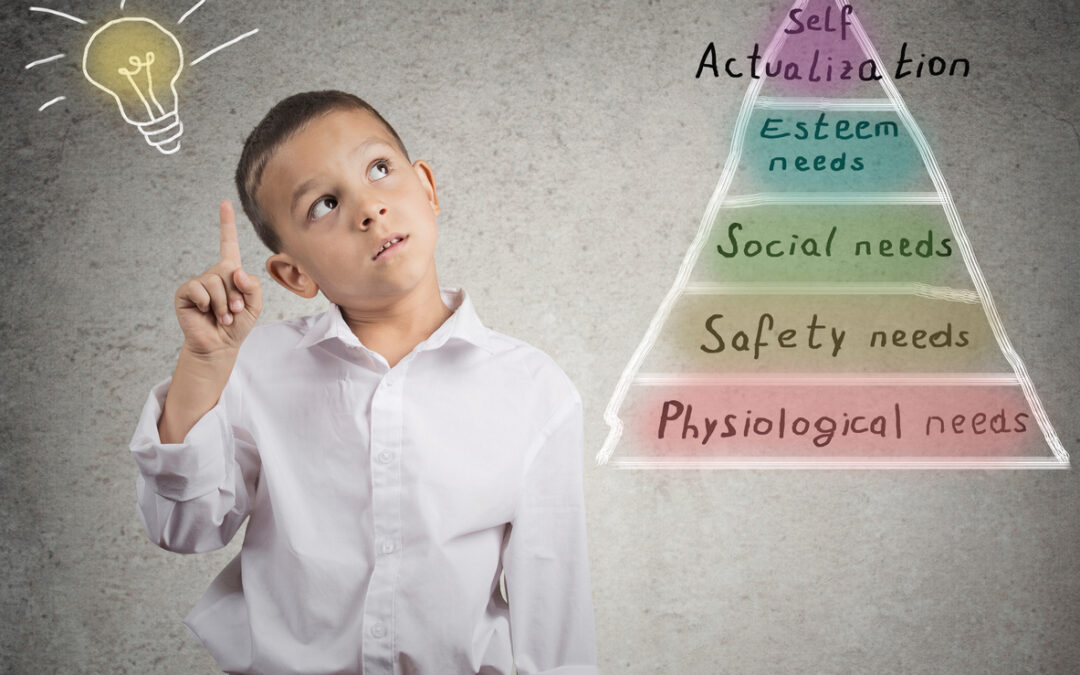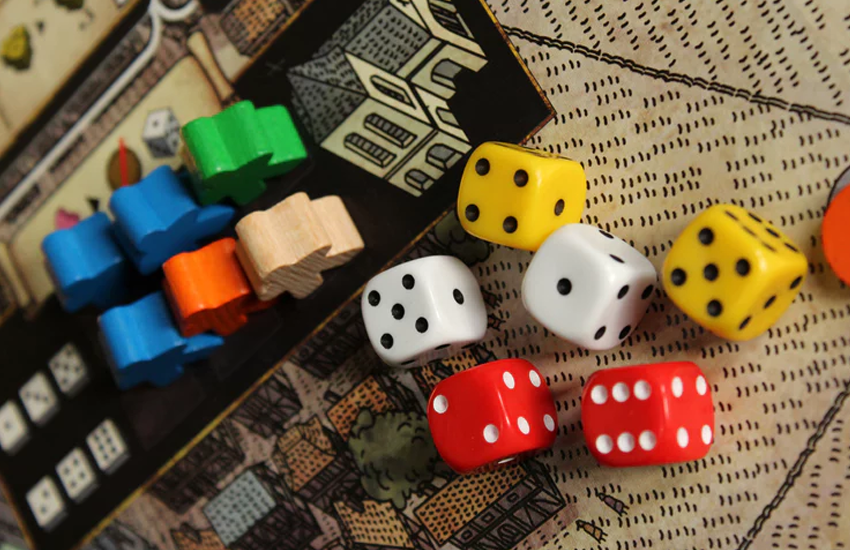Have you ever felt completely overcome by an intense emotions? Have feelings at times felt challenging to manage and overcome? The experience of being “overwhelmed” is uncomfortable and impactful in your life at work, home, or school. Defining "Overwhelm" Emotional...

When is the Right Time to Try Couple’s Counseling?
For better or worse. Those words seem easy to say at the time, but when worse gets really bad, many couples are ready to throw in the towel. Here are some things to consider that might indicate that your relationship is ready for a tune-up.
The Stigma of Counseling
It can be hard to make the decision to go to couples counseling because it means you have to face your problems and admit you and your partner are on shaky ground. That can be incredibly scary to admit. It’s not dissimilar to thinking something may be wrong with your health, but you’re too scared to face the music and so you ignore the issue until it gets way too big.
Beyond having to admit you and your partner have problems, there’s also the discomfort of not being familiar with therapy. It can definitely feel a bit mysterious and scary sitting down with a total stranger and sharing personal information about your relationship.
For these reasons, far too many couples let their marriage issues sit on the back burner, percolating. But the better option is to nip an issue in the bud as soon as it rears its ugly head.
To save you some confusion, here are some of the most common relationship issues that typically require some time in couples counseling.
Broken Trust
Whenever there is a major breach of trust, such as an extramarital affair, there is usually a need for couples counseling. A therapist can help you both rebuild the foundation of trust.
More Frequent Arguments
To each relationship, a little rain must fall. But when you start having frequent torrential downpours, it’s time to ask for help. An increase in fighting and intensity of fighting often means significant problems under the surface.
Stonewalling
If you and your partner aren’t talking at all about important matters, this too can erode a relationship. Feelings of resentment can build up and be difficult to address if left to fester for too long.
You’ve Experienced a Devastating Event
Life throws us events in our lives that are hard to rebound from. Whether it’s a financial loss or the loss of a loved one, as in the loss of a child, the trauma can change the way you and your partner relate to one another.
These are just a few of the reasons you and your partner should consider exploring couples counseling. It’s always better to seek help than try and go it alone.
If you are interested in treatment options, please be in touch with us. We have a licensed marriage and family therapist now accepting new clients.













